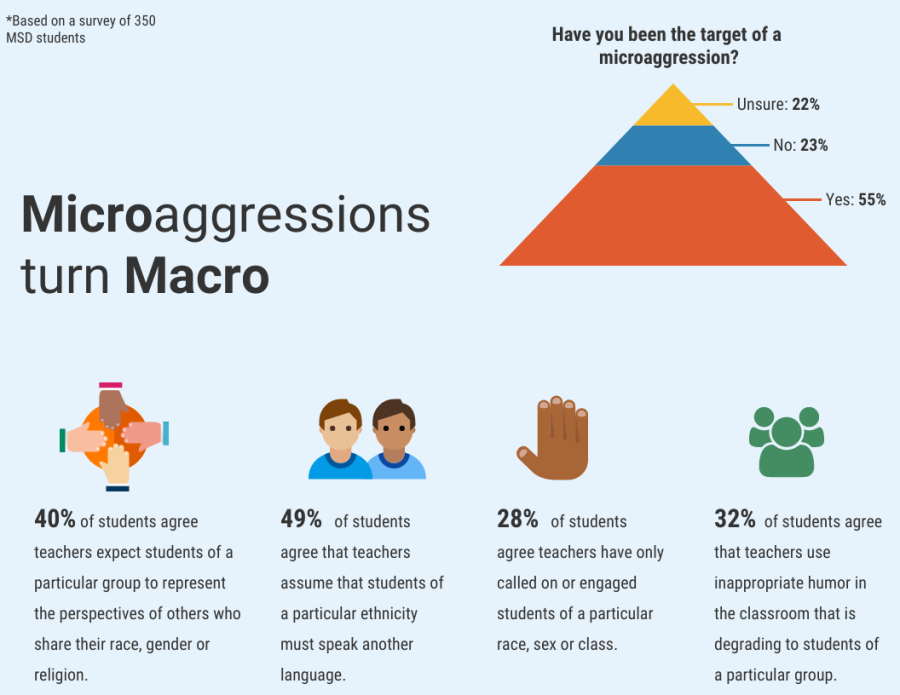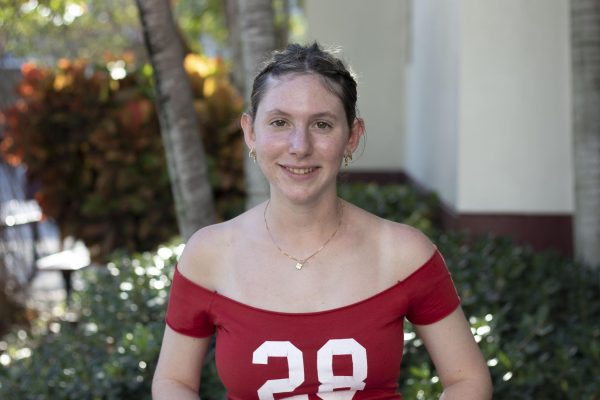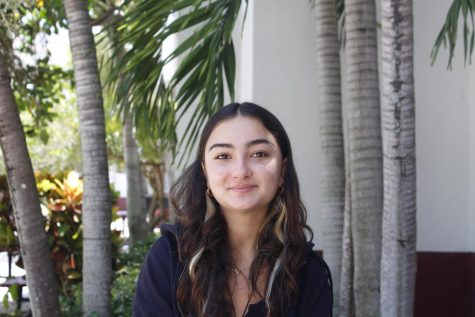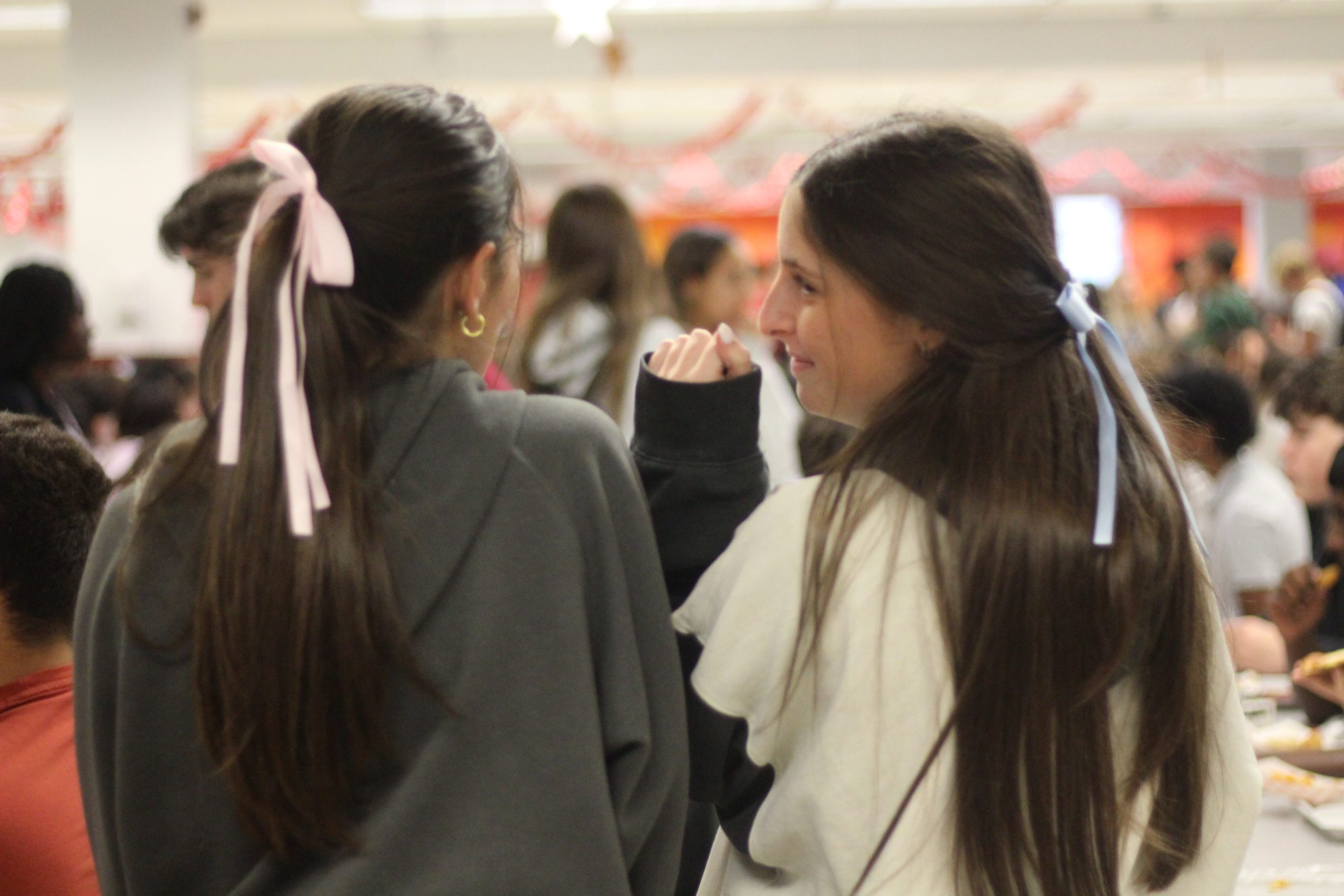MSD students express their opinions and share their experiences on microaggressions committed in the classroom
350 students at MSD were asked if they can be a victim of a microaggression in the classroom.
April 4, 2023
Discrimination is the unjust or prejudicial treatment of different categories of people. Despite the fact that there are different forms of discrimination, it is something that is often viewed as deliberate, committed with a clear intention of malice. However, discrimination can also be subtle, going unnoticed by not only a bystander, but the perpetrator as well; this is called a microaggression.
To further define microaggressions, they are statements, actions or incidents regarded as instances of indirect, subtle or unintentional discrimination against members of a marginalized group. Microaggressions are further divided into three distinct categories: microassaults, microinvalidations and microinsults.
Microassaults are often deliberate and intentional slights or insults that aim to hurt the intended victim. Microinvalidations are typically made unconsciously and occur when someone attempts to discredit or minimize someone’s experiences. Lastly, microinsults are rude or insensitive comments that subtly disrespect someone’s identity.
Despite the fact that schools are designed to foster individuality, embrace diversity and create an inclusive environment for students, microaggressions are still present, whether that be at an elementary, middle, high school or college level. In fact, many colleges have even taken great care in addressing them, with several having compiled lists of the most common microaggressions found in the classroom. Such lists include those created by the University of Denver’s Center for Multicultural Excellence, which is one of many that is regularly cited by academic institutions when discussing the subject.
Microaggressions can be committed by any individual, including students, teachers and additional staff. Of the teacher-perpetrated microaggressions mentioned in the list compiled by the University of Denver, some of the most applicable to a high school setting include using inappropriate and degrading humor in class and only engaging and calling on students of a particular group. Additionally, other examples include making assumptions about a particular group based on their background, asking people with hidden disabilities to identify themselves in class, singling out a student in class because they are of a particular group and expecting students of a particular group to represent the perspectives of others who identify with that group.
In a survey conducted of 350 students at MSD, 41% of students hear microaggressions on campus daily and 23% a few times a week. Furthermore, an additional 55% of surveyed students have been the target of a microaggression.
One of the more commonly committed microaggressions at MSD is the use of inappropriate humor that proves degrading to certain minority groups. Examples of this would be making sexist, racist, homophobic, ableist or otherwise demeaning jokes. Of the students surveyed, 32% reported having had one of their teachers use such humor in class. Some even offered up their own experiences regarding it.
Among the student experiences, one detailed an instance in which a teacher went up to a group of students who all happened to be of Asian descent. He then pretended to be speaking an Asian dialect, saying things such as ‘ching chong.’ Following this, he jokingly stated that he had gone up to another Asian student who actually answered him in response to this. This interaction had not occurred, but the teacher made a joke of it anyway, although no member of the group found it funny.
Another instance in which a student experienced a microaggression on campus was in the form of a teacher anticipating the emotional response of a student based on their demographics.
“My teacher would continuously anticipate female students to react poorly to discrimination in American history,” senior Mina Dinh said. “He would make eye contact with only girls in the class when the topic of the Women’s Suffrage Movement came up. Making jokes in poor taste about how women clearly did not deserve to vote. Obviously, trying to gain some sort of visible reaction from the girls in the class, this teacher would call on more active students to participate in a roleplay of sexist situations that exemplified discrimination in history. While he tried to make clear that those weren’t actually his beliefs, the entire class was still made uncomfortable for having to witness and participate in a ‘humorous reenactment.’”
The survey conducted at MSD, revealed that two of the most frequently committed microaggressions by teachers were assuming that students of a particular ethnicity must speak another language and expecting students of a particular group to represent the perspectives of others who share their race, gender, religion and other such things. Both of these examples have been considered and given the title of a microaggression by educational institutions across the globe.
Yet, not only do students at MSD face microaggressions, but they are also negatively impacted by them. Many students believe that being the target of a microaggression can cause harm to an individual, as it may cause them to look poorly upon themselves or their backgrounds. Additionally, because of their subtlety, they often go unnoticed by everyone besides the person they are committed against. Therefore, this person may feel invalidated in the discomfort and harm that a microaggression causes them, since their very definition states that they are often committed unconsciously, therefore only resonating as something hurtful with their intended targets.
“[After learning a Chinese student in my class did not speak Mandarin, my teacher] then did a class survey by show-of-hands to see where certain students were from and if they spoke the language or not,” sophomore Julia Johnson* said. “He also asked if we knew the city or the region where our family was from, and if a student didn’t know, he made a really big deal about it. I think microaggressions like these are harmful because it makes students feel bad about themselves and even about their heritage. Certain students haven’t had the opportunity to fully learn about their family’s culture, but I don’t think it’s the teacher’s job to ‘educate’ them on that particular subject.”
Furthermore, students also believe that it is microaggressions, such as those committed in the classroom, that continue to enforce the idea that it is a marginalized group’s responsibility to educate others on the inequalities and stereotypes perpetrated against them and advocate on behalf of this group for equality.
“It is microaggressions and ‘jokes’ like these that perpetuate the idea that it is the responsibility of a minority demographic to uphold activism,” Dinh said. “Additionally, these jokes and microaggressions emphasize the systematic discrimination against racial and gender minorities that continue to impact marginalized groups… Regardless of the intent of the perpetrator, a seeming compliment or joke can have a detrimental impact on marginalized communities when it embodies stereotypes.”
Studies, such as a systematic review published by Sage Journals, have even proven that students who experience microaggressions are more susceptible to increased levels of stress and anxiety, as well as more likely to exhibit post-traumatic stress symptoms and engage in risky behavior. Additionally, microaggressions may impair a students’ academic performance and result in the internalization of low expectations.
In response to the survey, several students detailed how microaggressions in the classroom had impacted them in a negative manner. Some wrote that they no longer felt safe in the classroom, that their mental health was affected for the worst and that they failed to complete work to their normal standards. Others mentioned it causing them to doubt themselves and their capabilities, being made uncomfortable in that setting and causing them to rethink the way they acted and presented themselves, so as not to be judged for their identity.
Seeing as microaggressions are present and committed on campus, a great deal of students believe that it is in the school’s best interest to try and put a stop to them when possible. For instance, educators can implement microinterventions into the classroom. Microinterventions are words or acts that validate a target’s experience, offering them encouragement, support and reassurance. However, besides this, students feel that creating an inclusive environment and acting with awareness and regard for others are the essential factors in doing away with microaggressions for good.
*Names indicated were changed to protect student’s anonymity











